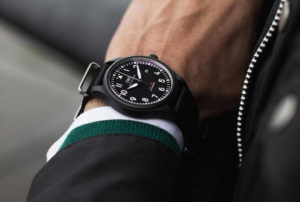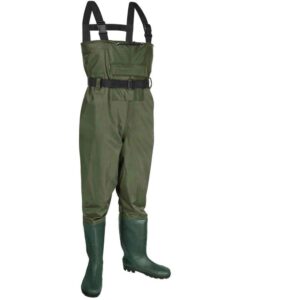
Do you need a strong, durable bag that can stand up to the elements? If so, woven polypropylene bags may be the perfect solution for you. These bags are commonly used in a variety of applications, including flood control, construction, and agriculture. They are made from a synthetic polymer that is resistant to UV light and moisture, making them ideal for outdoor use. In this blog post, we will explore 10 different uses for woven polypropylene bags and how you can choose these bags.
How to choose woven polypropylene bags?
When considering a PP bag for your needs, it is important to think about the weight, size, and style of the bag. The most common weights for woven PP bags are:
- Lightweight (under 50 lbs.)
- Medium-weight (50-100 lbs.)
- Heavy-weight (over 100 lbs.)
The size of the bag will be determined by the project you are using it for. A smaller bag may be adequate for light projects like flood control while a larger bag will be necessary for something like construction debris removal. There are also special styles of woven PP bags that are designed for specific applications such as food storage or hazardous waste disposal.
10 different uses for woven polypropylene bags:
Flood control:
When it comes to flood control, woven polypropylene bags can be used to create sandbags or barriers. These bags are filled with sand or dirt and then placed around areas that are prone to flooding. This helps to protect against damage from rising water levels.
Construction:
They can be filled with concrete or asphalt to create a solid foundation for buildings and other structures. Additionally, these bags can be used to create temporary walls or partitions during construction projects.
Agriculture:
These bags are often used in agriculture as well. They can be filled with soil or sand to create raised beds for plants. Additionally, these bags can be used to store crop residues, such as straw or hay.
Landscaping:
They can also be used in landscaping projects. They can be filled with soil or mulch and used to create garden beds. Additionally, these bags can be used to store leaves and other yard waste.
Erosion control:
They are also used for controlling erosion. They can be filled with sand or gravel and placed on slopes or other areas prone to erosion. This helps to prevent soil from washing away.
Used as storage containers:
These bags can also be used as storage containers. They are often used to store food, clothing, and other items. These bags are also commonly used to store hazardous materials, such as chemicals or oil drums.
Shipping purposes:
These bags can also be used for shipping purposes. They are strong and durable, making them ideal for storing and transporting heavy items. Additionally, these bags can be used to ship food, clothing, and other items.
Used as trash bags:
They can also be used as trash bags. They are strong and durable, making them ideal for holding a variety of different types of waste. Additionally, these bags can be used to collect yard waste or construction debris.
Used as temporary shelters:
Woven polypropylene bags can also be used as temporary shelters. These bags can be filled with straw or hay and used to create a temporary shelter for people or animals in case of an emergency. Additionally, these bags can be used to create a makeshift tent or sleeping area.
Used as emergency floatation devices:
Woven polypropylene bags can also be used as emergency floatation devices. These bags can be filled with air and used to help keep people or animals afloat in water. Additionally, these bags can be used to create a makeshift raft or boat.
Conclusion:
As you can see, there are many different uses for woven polypropylene bags. These bags are strong and durable, making them ideal for a variety of applications. If you need a bag that can stand up to the elements, then woven polypropylene may be the perfect solution for you. Thanks for reading! We hope this blog post has been helpful.





